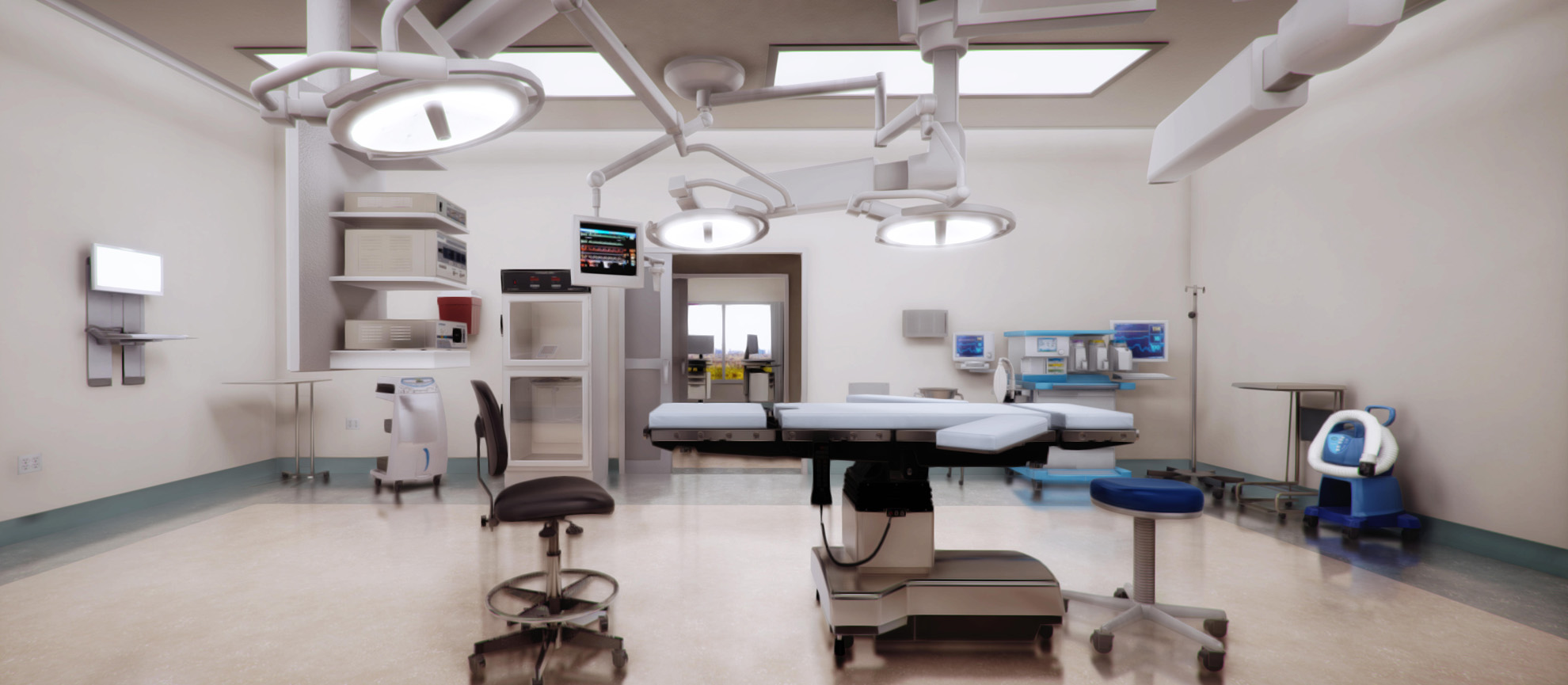VR (Virtual Reality) is gaining grounds in the healthcare industry’s move towards disruptive technology aiding the shift towards better individualized medicine to treat patients and fascinating results for doctors. Medical VR takes the ability of doctors and medical students alike, to come up with new life-saving techniques to a new level.
One of the greatest possibilities it presents is the ability to experience medicine that assists in the research and training processes but also in healing process for patients who require different forms of clinical healthcare. The advances in this technology have also made it a safer and cheaper means of applying research to real-life situations. Being mostly patient-centric, medical VR has brought to the market new means of tackling many healthcare issues.
Do you know a 5-year old spending Easter on a hospital bed following intensive surgery or a cancer patient who’s having a hard time being limited by the four walls of a room? VR potentially changes all of that by allowing these patients to connect to the world outside while promoting healthier bodies and minds.
It’s a growing field with lots of potential for improvement, but Medical VR has made many advance that are worth noting. Here are 5 ways virtual reality is positively changing medicine:
1. Providing pain management and relaxation to chronic patients
If you’ve ever been restricted to a hospital bed, counting down the hours till you are released to be with family and friends and get back to doing the things you love, then you know that it’s not a great feeling.
Time seems to move slower when you can’t be out there doing fun and exciting activities of your choice. At the LA Cedars-Sinai hospital, Dr. Brennan Spiegel and his professional team of healthcare specialists use VR technology to ease their patient’s discomfort, pain and stress from going through medical procedures. These special goggles allow them to visit different scenarios in the real world and actively engage in the cool things they’d rather be doing, all from their hospital beds.
What this has done, is not only improve patient welfare but it has decreased costs of care by shortening patient’s stays and reducing the use of resources.
2. Live-streaming of surgical operations
As a medical student, you only get so many physical opportunities to be in an operating room and learn from the surgeon while he/she is at work on a patient. Virtual reality cameras make the difference here, allowing people not present physically to witness surgical procedures and experience what’s going on as though they’re the ones holding the scalpel.
No more wondering or limiting the learning process to books and simulations. VR lets everyone with googles be there to experience surgeries on a game-changing level.
3. Understanding the ageing process beforehand
Through VR, physicians have been able to better understand what it’s like to grown old. Losing motion in the hands, recovering from strokes/heart attacks; firsthand knowledge of all these processes allows medical students to improve care for older people. Here it promotes empathy and encourages innovation.
4. Bringing children closer to their families to alleviate distress
Children easily get accustomed to their objects and surroundings in a way that makes those places special and familiar. That sense of security is lost when they are hospitalized, but virtual reality can bring them back to this place where their loved ones are or simple things like their favorite blanket or book.
Through Medical VR, families are saved the additional costs or stress of going to the hospital as often and can still maintain close relationships with contact, while their beloved young one recovers.
5. Quickening the recovery process
When patients go through a traumatic experience or suffer from brain injury, strokes and other life-threatening attacks to their health, working against time is paramount.
VR helps begin the rehabilitation process quickly, by exposing them to the virtual use of the body parts which may not be physically functional. The mental strides they take in conquering what now seems hard in real life, can go a long way to help the necessary systems recover faster.
References
· Talbott, A. (25 Feb. 2015). 7 ways AR and VR are changing the healthcare world. Retrieved from Web. http://www.techrepublic.com/article/7-ways-ar-and-vr-are-changing-the-healthcare-world/
· Perry, P. (n.d.). How Virtual Reality Will Change the Face of Healthcare.Retrieved from Web. http://bigthink.com/philip-perry/how-virtual-reality-will-change-the-face-of-healthcare

